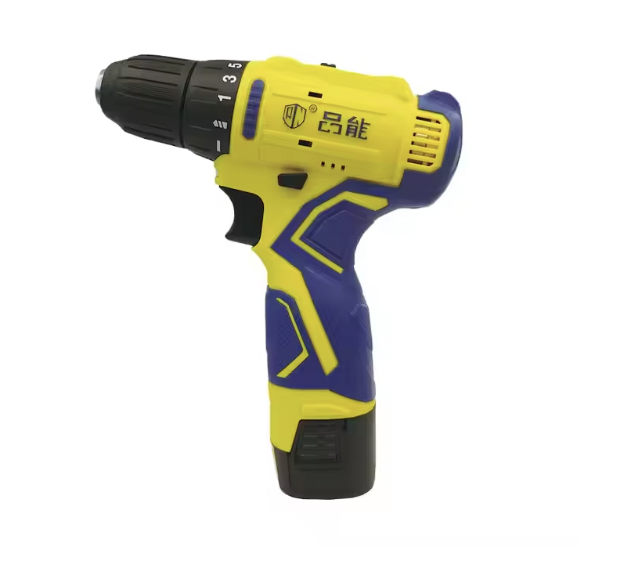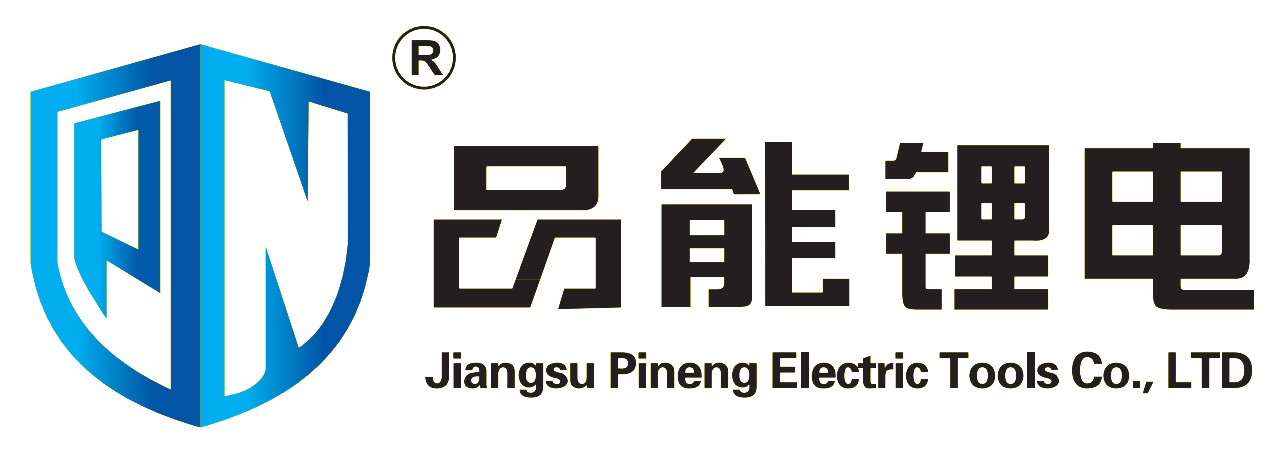Essential Chainsaw Safety Guidelines for Every Operator
Operating a chainsaw demands a serious commitment to safety. Whether you're a professional logger or a weekend woodcutter, understanding and implementing proper chainsaw safety precautions is not just recommended – it's absolutely crucial. Every year, thousands of injuries occur due to improper chainsaw use, making it imperative to follow established safety protocols. In this comprehensive guide, we'll explore the non-negotiable safety measures that every chainsaw operator must follow to prevent accidents and ensure safe operation.

Personal Protective Equipment (PPE) Requirements
Head-to-Toe Protection Essentials
The foundation of chainsaw safety precautions begins with proper personal protective equipment. A well-fitted helmet with face shield and ear protection guards against falling debris and damaging noise levels. Safety glasses provide additional eye protection from flying wood chips and dust. Steel-toed boots with non-slip soles offer crucial foot protection and stability while operating the chainsaw.
Cut-resistant gloves are essential for maintaining a secure grip and protecting hands from cuts and vibration-related injuries. Chainsaw chaps or protective pants made with specialized cut-resistant material can prevent severe leg injuries by catching and stopping the chain if contact occurs. This protective gear might seem cumbersome at first, but it forms an essential barrier between the operator and potential hazards.
Proper PPE Maintenance and Replacement
Maintaining PPE in good condition is just as important as wearing it. Regularly inspect all safety gear for signs of wear, damage, or degradation. Replace helmets every 3-5 years, even if they appear undamaged, as the protective materials can deteriorate over time. Keep chainsaw chaps clean and free from oil or fuel contamination, which can reduce their protective properties.
Store protective equipment in a clean, dry place away from direct sunlight and extreme temperatures. Establish a regular schedule for cleaning and inspecting your PPE, and never hesitate to replace items that show signs of wear or damage. Remember, compromised safety gear is almost as dangerous as wearing no protection at all.
Pre-Operation Chainsaw Inspection
Critical Component Checks
Before starting any cutting operation, a thorough chainsaw inspection is non-negotiable. Begin by checking the chain tension – it should be snug against the guide bar but still move freely by hand. Inspect the chain brake mechanism to ensure it engages and releases properly. Verify that all screws, nuts, and bolts are tight and the anti-vibration system is intact.
Examine the chain's cutting teeth for proper sharpness and even wear. A dull chain not only reduces cutting efficiency but also increases the risk of kickback and operator fatigue. Check the guide bar for straightness and wear, particularly around the nose and edges. The bar's oil holes should be clear to ensure proper chain lubrication during operation.
Fuel and Lubrication Systems
Proper fuel mixture and chain lubrication are fundamental chainsaw safety precautions. Use the correct fuel-to-oil ratio specified by the manufacturer, and always mix fresh fuel in a clean container. Check both the fuel and chain oil levels before starting work, and refill as needed. Clean the fuel cap and surrounding area to prevent contamination when refueling.
Test the automatic oiling system by holding the running chainsaw over a light-colored surface – a proper oil spray pattern should be visible. Ensure the chain oil is appropriate for your operating conditions and temperature range. Never operate a chainsaw with insufficient lubrication, as this can lead to chain failure and serious accidents.
Safe Operating Techniques and Procedures
Proper Starting Methods
Starting a chainsaw safely requires following specific procedures. Place the saw on level ground, engage the chain brake, and ensure all bystanders are at least 10 feet away. Use the proper grip with your left hand on the front handle and right foot through the rear handle for ground starts. For cold starts, use the choke appropriately and never drop-start the saw – this dangerous practice can lead to loss of control.
Once running, allow the engine to warm up before making cuts. Check the chain brake operation again and ensure the chain stops moving when the throttle is released. Maintain proper grip pressure and stance throughout the starting process, keeping your body well-balanced and positioned away from the cutting attachment.
Cutting Techniques and Body Positioning
Maintain a stable stance with feet shoulder-width apart and maintain full attention on the cutting operation. Keep both hands firmly on the saw handles, using the thumb-wrap grip for maximum control. Never cut above shoulder height or operate the saw with one hand. Plan your cuts carefully, considering the wood's tension and potential reaction when cut.
Be especially vigilant about kickback prevention. Avoid cutting with the upper quadrant of the bar tip, and maintain awareness of where the bar tip is at all times. Use the bumper spikes as a pivot point when making cuts, and always cut at full throttle. Keep your body positioned to the left of the cutting plane, never directly behind the saw.
Environmental Safety Considerations
Weather and Terrain Assessment
Environmental conditions play a crucial role in chainsaw safety precautions. Never operate a chainsaw in severe weather conditions such as high winds, heavy rain, or icy conditions. Assess the terrain for stability and potential hazards like loose rocks or slippery surfaces. Consider how weather conditions might affect wood properties and cutting behavior.
Be particularly cautious when working on slopes or uneven ground. Maintain secure footing and clear your work area of obstacles that could cause trips or falls. Pay attention to changing weather conditions throughout your work period, and be prepared to suspend operations if conditions become unsafe.
Work Zone Setup and Management
Establish a clear work zone with appropriate signage if necessary. Keep bystanders, pets, and other workers at a safe distance – at least twice the height of trees being felled. Create escape routes and ensure they remain clear throughout the operation. Consider the direction of wood throw and plan cutting sequences to maintain a safe working environment.
Organize your work area to minimize trip hazards and allow for easy movement. Keep tools and equipment readily accessible but out of the way. Have communication devices and first aid supplies nearby, and always work with a partner when possible, maintaining visual or verbal contact.
Frequently Asked Questions
How Often Should I Sharpen My Chainsaw Chain?
A chainsaw chain should be sharpened when you notice it requiring more pressure to cut, producing dust instead of chips, or creating crooked cuts. Typically, this means sharpening after 2-3 tanks of fuel use, though frequency varies based on cutting conditions and materials. Professional sharpening is recommended every few months for regular users.
What Are the Signs That My Chainsaw Needs Professional Maintenance?
Consider professional maintenance if you experience excessive vibration, difficulty starting, irregular engine performance, or chain oiling problems. Also, seek professional service if you notice fuel efficiency decreases, the chain repeatedly loosens, or if you've been using the saw for about 100 hours of operation without professional inspection.
When Should I Replace My Chainsaw's Safety Features?
Replace safety features like the chain brake mechanism, throttle lockout, or chain catcher if they show any signs of damage or malfunction. The bar and chain should be replaced when wear exceeds manufacturer specifications, typically indicated by uneven cutting or chain stretch that can't be properly tensioned. Never operate a chainsaw with compromised safety features.


